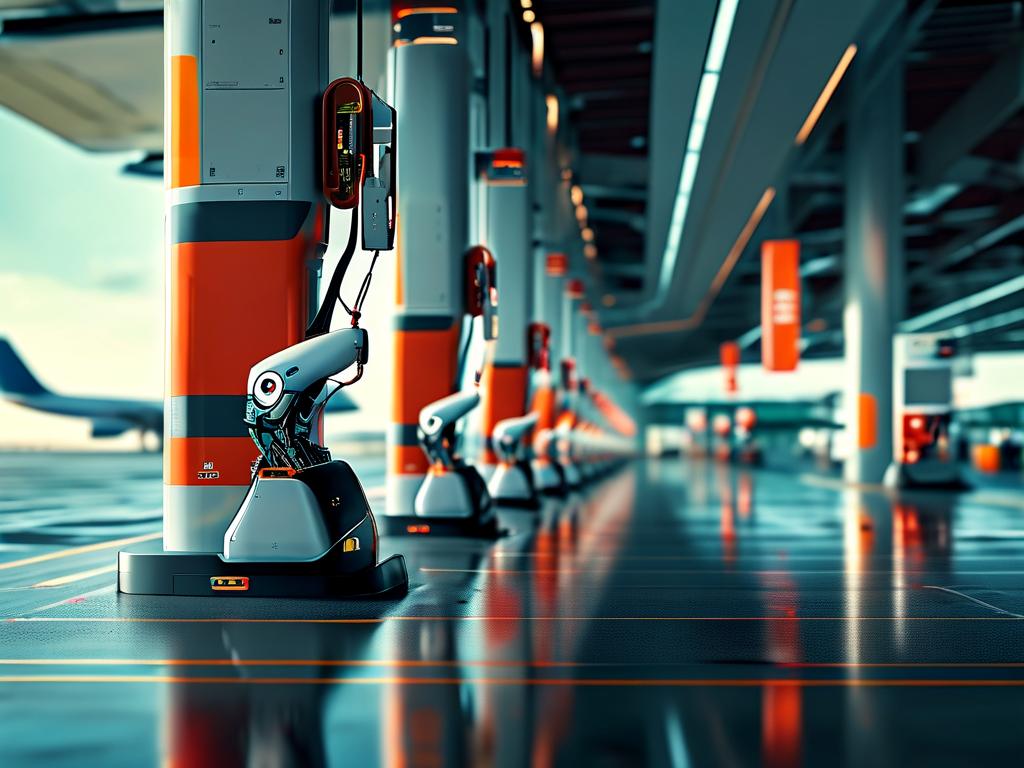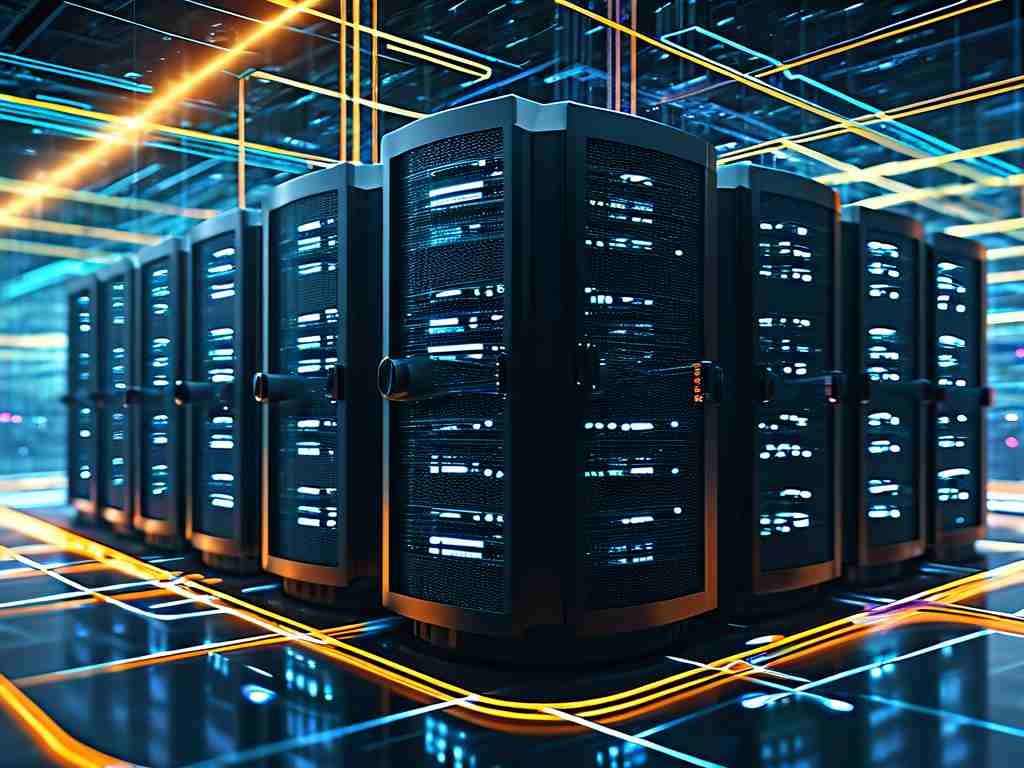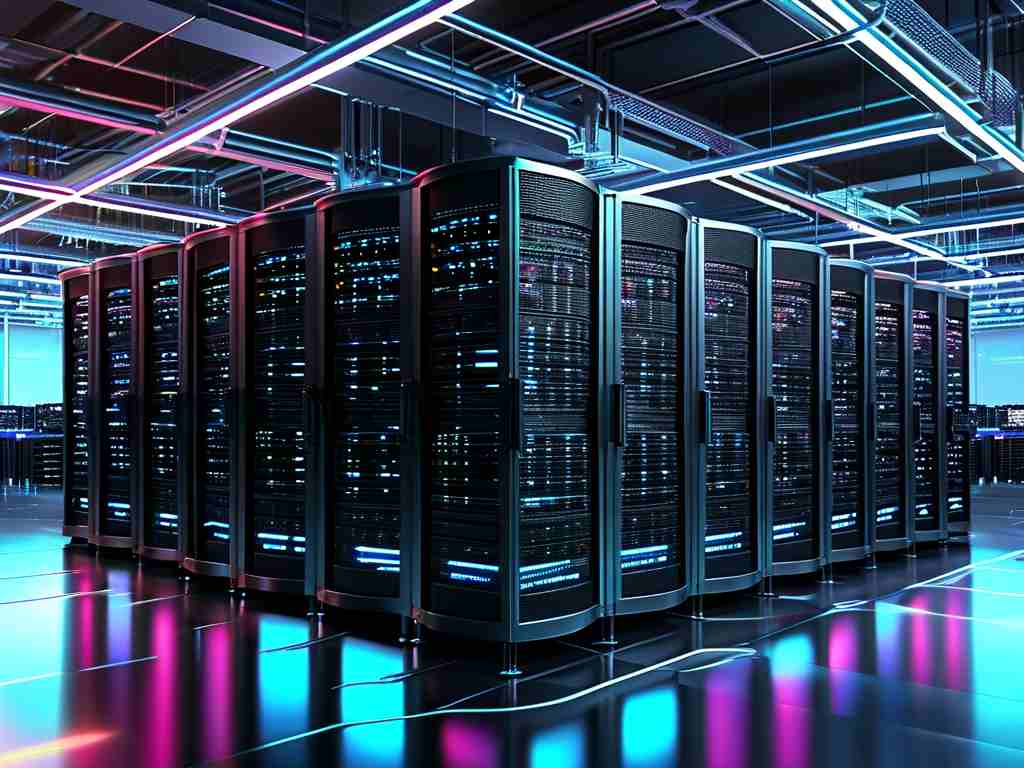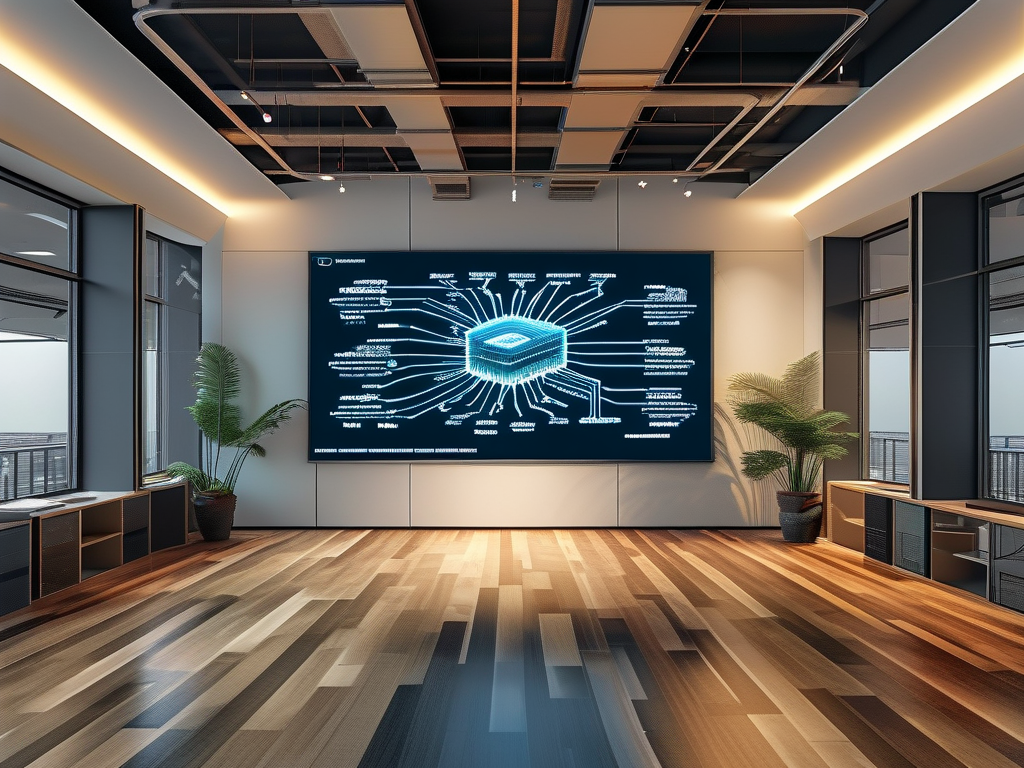The evolution of robotic refueling systems represents a groundbreaking shift in energy distribution infrastructure. By integrating advanced sensors, artificial intelligence, and precision mechanics, these systems are redefining efficiency and safety standards across multiple industries. This article explores the technical foundations, operational frameworks, and real-world implementations of autonomous refueling solutions.

Core Components of Robotic Refueling Systems
Modern robotic refueling platforms rely on three interconnected subsystems: perception modules, motion control units, and safety mechanisms. LiDAR and 3D vision sensors create real-time spatial maps to identify fuel tank locations with millimeter accuracy. Articulated robotic arms equipped with adaptive grippers handle diverse nozzle types, while pressure-sensitive feedback systems prevent spillage. A centralized AI processor coordinates these elements using predictive algorithms to optimize fueling trajectories.
Operational Workflow Breakdown
The refueling sequence begins with vehicle identification through license plate scanning or RFID detection. Once authenticated, the system deploys a combination of thermal imaging and ultrasonic sensors to locate the fuel cap. The robotic arm then executes a multi-axis movement path, accounting for environmental variables like wind speed or ground vibrations. During the fueling process, flow rate controllers adjust dynamically based on tank pressure data, ensuring optimal transfer efficiency. Post-operation diagnostics include leak detection scans and nozzle sterilization protocols.
Industry-Specific Implementations
-
Automotive Sector
Major fuel retailers are piloting robotic gas stations in urban hubs. Tesla’s prototype "ChargeBot" demonstrates how similar technology could automate electric vehicle charging, reducing queue times by 40% during peak hours. -
Aviation Applications
Airbus has implemented semi-autonomous refueling drones at maintenance hubs. These units can service aircraft 24/7, cutting turnaround times by 15% while eliminating human exposure to jet fuel fumes. -
Marine Infrastructure
Singapore’s automated port utilizes robotic bunkering systems that synchronize with tidal patterns. This innovation has reduced fuel spill incidents by 92% compared to manual operations.
Technical Challenges and Solutions
Environmental adaptability remains a critical hurdle. Engineers at MIT recently developed a vortex-based debris clearance system that prevents sensor obstruction in dusty conditions. Another breakthrough comes from Bosch’s self-calibrating nozzle design, which compensates for mechanical wear through embedded strain gauges and machine learning models.
Safety and Regulatory Considerations
Current standards require triple-redundant emergency shutdown systems and explosion-proof casing ratings. The latest ISO 23118 certification mandates electromagnetic pulse shielding for all control units, addressing vulnerabilities identified during extreme weather testing.
Economic Impact Analysis
While initial deployment costs average $1.2 million per station, operators report 34% lower maintenance expenses over five-year cycles. Labor cost reductions and increased throughput capacity create ROI timelines of 18-24 months for high-volume locations.
Future Development Roadmap
Next-generation systems aim to integrate quantum-resistant encryption for payment processing and vehicle communication. Researchers are also exploring liquid hydrogen compatibility, with Toyota scheduled to test a cryogenic refueling prototype in 2025.
Environmental Benefits
Precision fuel measurement algorithms have demonstrated 7% reduction in hydrocarbon emissions per transaction. Solar-powered robotic stations in California show potential for carbon-neutral operation when combined with biofuel dispensing capabilities.
This technological revolution extends beyond mere automation—it represents a fundamental reimagining of fluid transfer logistics. As cybersecurity measures and material science continue advancing, robotic refueling systems will likely become the global standard within the next decade.









